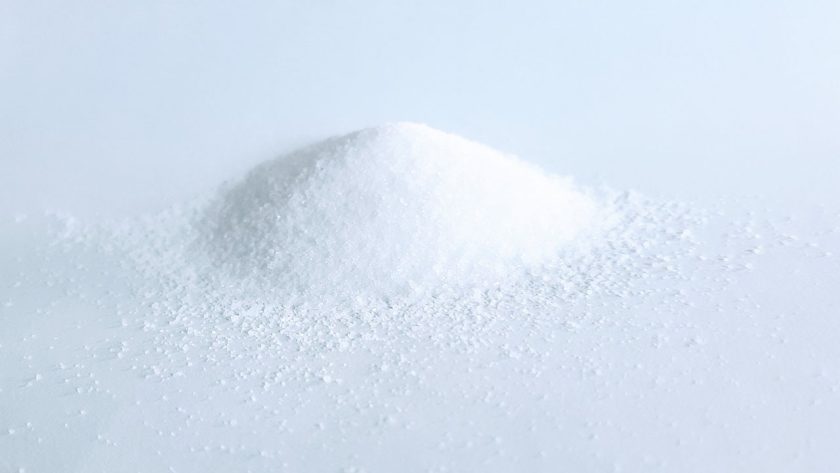Toxic Talc?
In recent years, the once-beloved staple of many households, talcum powder, has found itself at the center of a controversy that has shaken the trust of consumers worldwide.
Concerns:
May contain asbestos, a known carcinogen.
Fact:
Johnson and Johnson was sued thousands of times for billions of dollars from customers who had ovarian cancer and felt that it was caused by using the baby powder. Johnson and Johnson was found guilty of covering up information to the public about the truth of what the powder contained. It was tested many times through the last 30 years, and found to contain asbestos, a known carcinogen. Due to this, they were told to pay out billions in lawsuits. They have since changed their product to remove asbestos and replaced that ingredient with cornstarch. They will not admit guilt but only claim they are moving away from talc in order to move forward with market trends.
Drugwatch.com has detailed information on the J&J lawsuit.
Fact:
Talc and asbestos are minerals that occur naturally close together in the earth. Because of this, the fibers of these minerals mix during talc mining, resulting in asbestos being found in some talcum powder products. 1
Fact:
Makeup manufactures, such as Maybelline, have been stating that they use cosmetic-grade talc in their products, “which does not contain asbestos.” This can be currently found on their website.
More Information:
However, David Egilman, M.D, stated, “There is no test that can ensure that a can of talc is asbestos‐free. This is because every test has a limit of detection, an amount of asbestos in a can that will not be detected. In addition, asbestos is not evenly distributed in talc. Thus any sample can easily miss asbestos.”2
Hmm… Maybelline or Maybelying?
Talc mining and manufacturing companies utilized their industry trade organization, the Cosmetic, Toiletry, and Fragrance Association, to influence health agencies and avoid regulation in litigation. In 1976, the association created a distinction between “cosmetic talc” and “industrial talc,” despite both coming from the same ores with asbestos as an accessory mineral. The association’s specification relied on an ineffective test method with limited sensitivity, allowing the presence of asbestos in products without proper detection. 3
Many other studies have been done. One found talcum powder contained asbestos and the application of talcum powder released inhalable asbestos fibers. They found this “likely caused or contributed” to people getting mesothelioma, an aggressive form of cancer. 4
What does this mean?
It appears to mean that nothing that contains talc is safe, because of where it comes from and the inability to properly test it for asbestos. It is alleged that Johnson and Johnson, along with other companies, are guilty of hiding true results of the asbestos tests. After looking into this further, this feels likely.
Still reconsidering talc in your personal care products? Consider watching a documentary style TV series called Not So Pretty, S1E1.
Final Notes:
This is my personal opinion based on the information I have found on talc. I have also watched the news reports on Youtube with the people whose families were affected by cancer they believe to be caused by talc contamination.
I hope you find these resources helpful and that you find them of value.
-Margot
Footnotes
- https://www.mesothelioma.com/asbestos-exposure/products/talc-powder/
- https://www.congress.gov/116/meeting/house/110311/documents/HHRG-116-GO05-20191210-SD005.pdf
- Medical Journal: Talc, Asbestos, and Epidemiology: Corporate Influence and Scientific Incognizance – Triet H. Tran,corresponding authora Joan E. Steffen,a Kate M. Clancy, Tess Bird, and David S. Egilmana LOCATION: https://www.ncbi.nlm.nih.gov/pmc/articles/PMC6784763/#__ffn_sectitle
- From Study called: Asbestos in commercial cosmetic talcum powder as a cause of mesothelioma in women – BY Ronald E Gordon, Sean Fitzgerald, and James Millette – FOUND HERE: https://www.ncbi.nlm.nih.gov/pmc/articles/PMC4164883/



